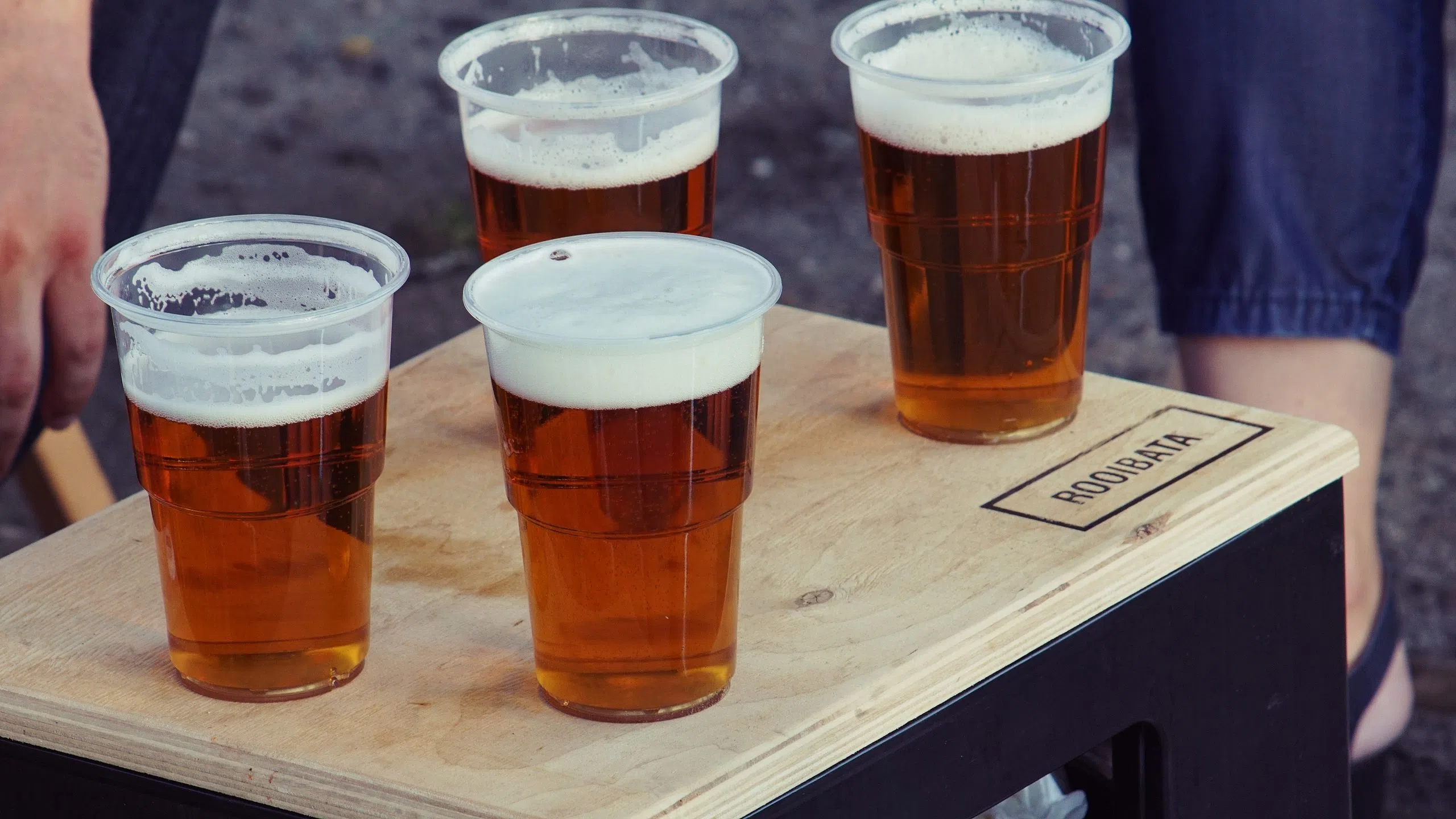New Brunswick alcohol producers will be well-represented on a new advisory committee aimed at enhancing communication between craft producers and the New Brunswick Liquor Corporation (ANBL).
The ANBL Craft Alcohol Producer Advisory Committee is seeking members from craft breweries, distilleries, wineries, and other alcohol producers throughout the province.
Its goal is to help the province’s craft alcohol industry realize its full potential by acting as a forum to share information and hear feedback from producers, government departments, and industry interest groups.
Two-way street for information sharing
New Brunswick’s craft alcohol sector has seen a significant increase in producers in the last five years, growing from 53 to 105 active producers between 2017 and 2022.
ANBL’s support for the craft sector has evolved over that time. The provincial crown corporation offered help last year in the form of $8.7-million through waived fees, reduced markups, free product quality testing, as well as marketing and promotion.
Christine Comeau, the executive director of the New Brunswick Craft Alcohol Producers Association (NBCAPA), says the new committee will provide a venue for local producers to offer ideas and tell their stories.
“I think ANBL is going to better understand some of the challenges that the local industry experiences,” said Comeau.
NBCAPA and its members have been asking the provincial government to better recognize local producers who not only employ New Brunswickers but also must compete with the larger, global brands that are well-stocked on ANBL shelves.
In 2020, NBCAPA called on all political parties to commit to making changes to ANBL’s mandate to better prioritize local producers. The hope was that better communication with smaller craft producers would deliver a better return on investment for everyone involved.
Things began to take shape last summer following a series of economic development meetings with various government departments, including ANBL. Those meetings generated the request for an advisory committee, which is now coming together.
“Having the communication is so vital and a lot of it is just understanding the concerns that the craft alcohol industry does have, and also vice versa,” says Comeau. She added that she believes the committee can be a two-way street.
“I think there are certain things that the craft alcohol producers could perhaps be doing more effectively or efficiently,” she said.
Room for growth
Comeau says the craft industry is looking for increased market share and better market stability.
“Market share is something that ANBL has a lot of control over,” she said. “That’s not just shelf space, it’s also how they market the product and train their staff and provide certain policies that do help the local industry thrive.”
Comeau says craft alcohol producers also want to see policies put in place that the industry can rely on to ensure any long-term investments carry less risk.
According to ANBL, membership on the advisory committee will also include representatives from three New Brunswick craft brewers, a macro brewer, and one representative each from distilleries, wineries, cideries, cooler producers, and the New Brunswick Craft Alcohol Producers Association.
Comeau says the three craft brewers in particular help represent breweries of various sizes: small, medium, and large.
She feels more people in the province are recognizing local craft alcohol producers not only as not successful small businesses but also as important drivers for tourism development, agriculture, GDP growth, exports, and manufacturing.
“There are so many people that are affected that we just had strong backing all around. I think that really played an important role in getting ANBL’s attention in forming the committee,” explained Comeau.
Comeau says there’s still tremendous room for growth. She says craft beer in New Brunswick has a roughly 10 percent market share. For craft brewers in B.C, it’s around 35 percent and still growing, thanks to input from B.C.’s Business Technical Advisory Panel.
“In B.C., there’s a really beautiful, integrated program. It’s supported through tourism and agriculture and they’re able to really develop that industry. We think there’s huge opportunity for growth within the other sectors, like spirits and wine, cider, coolers.” said Comeau.
Deadline to apply
The committee will meet quarterly starting this spring, for one year, with a mandate to advocate, make suggestions, and share industry best practices.
ANBL states that Interested producers have until March 28 to submit their application to join the committee. Available full terms of reference for those interested are available online.
“There’s definitely been interest,” shared Comeau. “I think the industry is really quite excited by this opportunity and we’re looking forward to the team that’s going to be formed to take us through the next year.”
Tyler Mclean is a reporter with Huddle, an Acadia Broadcasting content partner.




